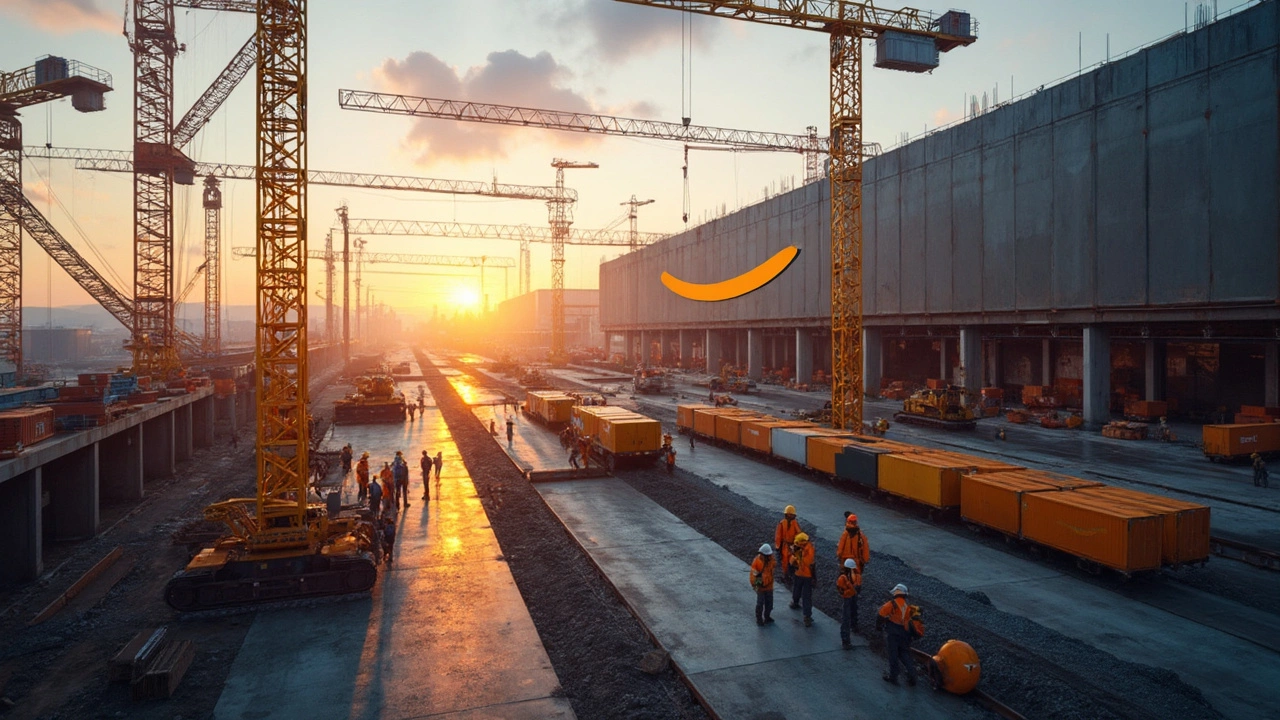Industrial Builders: Logistics Tips & Supply Chain Basics
If you’re moving steel, machinery or prefabricated parts, logistics is part of the job. You need a clear plan for getting materials from the supplier to the site without delays or extra costs. This guide gives you straight‑forward advice on warehouses, transport options and the final delivery to the build site.
Warehouse Management for Builders
Most builders store components in a temporary warehouse before they go to the site. Choosing the right Warehouse Management System (WMS) can save hours each week. Look for a system that tracks inventory by SKU, lets you set reorder alerts, and integrates with your transport provider. A simple web‑based WMS works well for small to medium projects and costs far less than a full‑scale ERP.
When you pick a warehouse, think about proximity to the construction site, loading dock height, and whether the space can handle heavy pallets. If you need to store large items, ask if the facility can handle pallets up to the size limits of carriers like UPS or DHL. Knowing these limits ahead of time prevents surprise fees.
Last‑Mile Delivery Made Simple
The hardest part of any build is getting the goods to the exact door of the site. Last‑mile delivery often involves narrow streets, restricted hours, or on‑site safety checks. Work with a courier that offers real‑time tracking and flexible cut‑off times. Services that let you schedule a delivery after normal business hours can keep the build on schedule.
When you book the final leg, give the driver clear instructions: site gate codes, preferred unloading zones, and any permits required. A short note with a contact phone number can avoid delays if the driver can’t find the exact spot.
Cost‑effective shipping is possible if you compare rates from several carriers. For a 5 lb package, UPS and FedEx often have similar prices, but FedEx may offer a cheaper overnight option for certain zones. Use an online rate calculator to see which service gives the best price for the weight and distance you need.
Don’t forget insurance. If you’re moving high‑value equipment, a modest insurance add‑on can protect you from loss or damage. Check the carrier’s policy limits and consider buying extra coverage for items over the standard amount.
Finally, keep a simple checklist for every shipment: confirm the weight, dimensions, address, and delivery window. Double‑check the paperwork before the driver leaves the warehouse. A quick review now prevents a costly mistake later.
By treating logistics as a core part of your building process, you’ll cut downtime, keep budgets in line, and finish projects on schedule. Use the tips above to streamline your supply chain and make every delivery count.
May 23, 2025
Evelyn Wescott
0 Comments
Ever wondered who actually builds those massive Amazon warehouses that seem to pop up everywhere in the USA? This article digs into the companies behind the scenes, the main steps in the building process, and what sets Amazon's construction projects apart. We'll look at the big-name contractors, how they layout these huge spaces, and why speed and efficiency matter so much to Amazon. Tips on how Amazon picks its building teams and handles strict deadlines are included. Get ready for a clear, practical look at a world that rarely makes the headlines.




